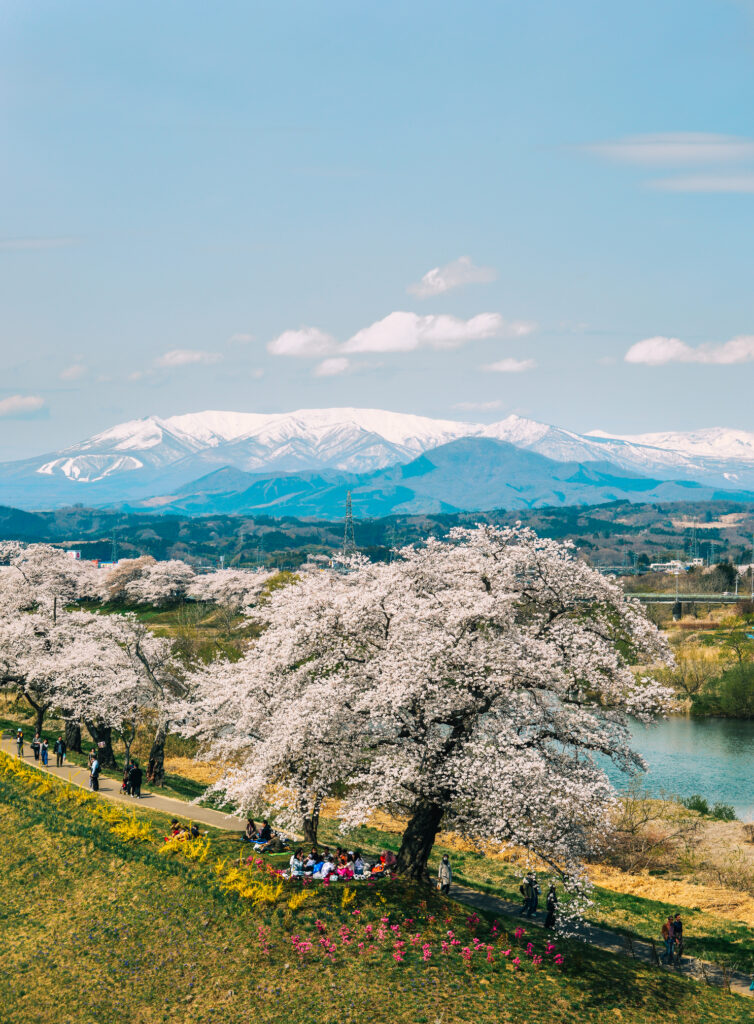Nature is not always kind to Japan. This is a fundamental truth that all those who reside in the country are keenly aware of, and one I too have had to come to terms with since first moving here in 2017.
Fortunately, my time here has been relatively peaceful (and will continue to be, touch wood). However, it wasn’t long before I arrived that Japan experienced one of the most harrowing disasters in its modern history: the 2011 Great East Japan Earthquake. It devastated the Tohoku region, with reverberating impacts felt across the entire nation—a sobering reminder of the capricious nature of this beautiful country. But the destruction is only half the story, and one unique study tour is aiming to share the other.
A moment of catastrophe felt around the world
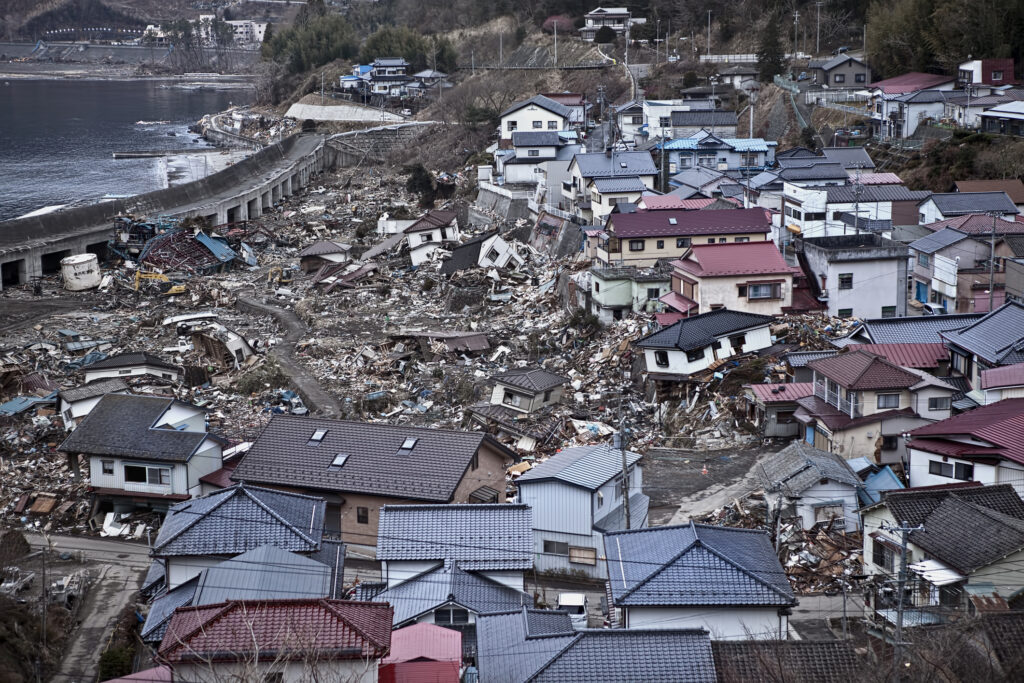
At 2:46 p.m. on March 11, 2011, an undersea megathrust earthquake occurred in the Pacific Ocean, around 130 kilometers east of Sendai, Miyagi Prefecture. It registered a magnitude of 9.0 and lasted nearly six full minutes, making it the most powerful jolt ever recorded in Japan. The violent shift of the ocean floor then unleashed a tsunami with waves reaching up to 40 meters, battering the eastern coastline of Tohoku and most severely affecting Iwate, Miyagi, and Fukushima prefectures. The latter was further impacted by three reactor meltdowns at the Fukushima Daiichi Nuclear Power Plant, which called for the evacuation of all residents within a 20-kilometer radius.
I was only 16 when I, along with the rest of the world, watched on in horror and sorrow. Having lived in the UK most of my life, I had never feared an earthquake or tsunami, but to witness the devastation of that day was humbling. Now, however, as a resident of Japan, that undercurrent of awareness—the knowledge that in a single moment everything may turn upside down—is a part of my daily life.
In the case of the Great East Japan Earthquake, the impact on the Tohoku region was catastrophic, with entire livelihoods being wiped out in a matter of minutes. But the region and its people are resilient. They are a shining example of what may be Japan’s greatest superpower: its ability to persevere through tragedy.
Explore the realities of rebuilding in Tohoku this August
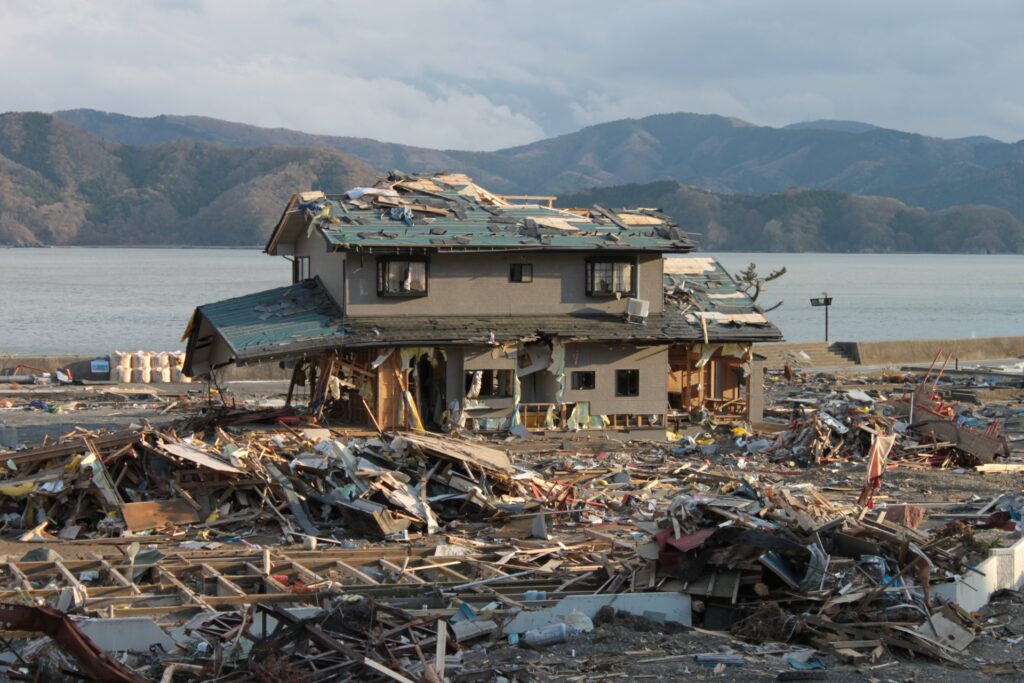
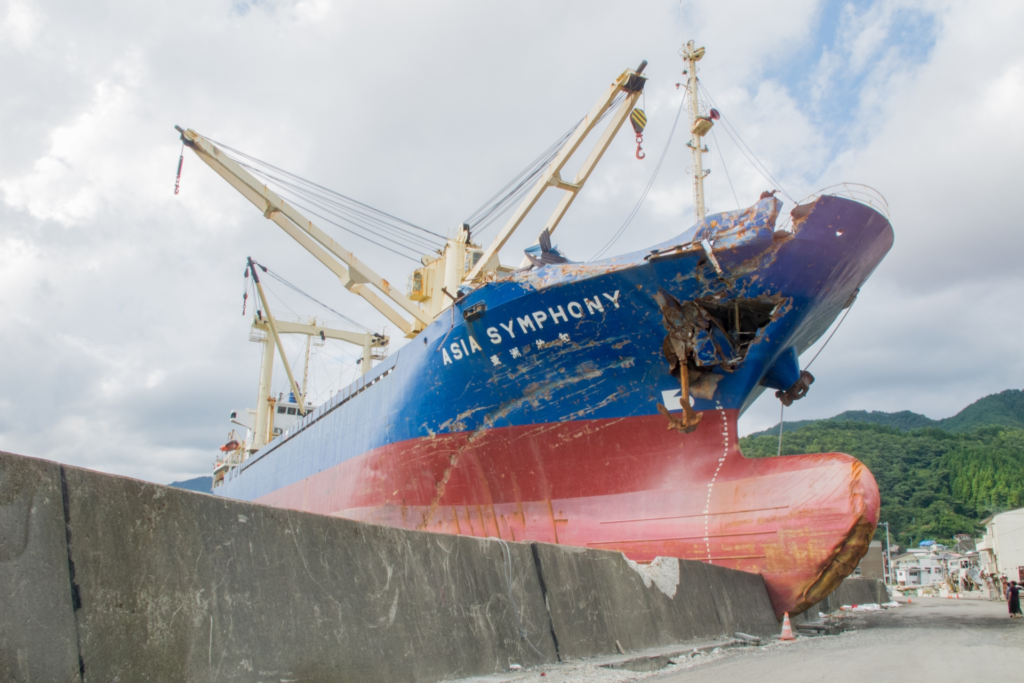
From crowdfunding a rehabilitation center that provides art therapy to children traumatized by war in Bucha, Ukraine, to offering training programs that build leadership and communication skills for those aspiring to build careers in international organizations, the Hiroshima Peacebuilders Center (HPC) is an NPO devoted to extending a helping hand where it’s needed and bringing the world a little closer together.
HPC is taking its next peacebuilding mission to northern Japan, designing a study tour (conducted in English) that invites participants to explore both the achievements and ongoing challenges of Tohoku’s reconstruction efforts, nearly 15 years after the Great East Japan Earthquake. Held from August 24 to 29, 2025, the six-day tour includes visits to key sites across all three of the region’s most heavily affected prefectures.
One such stop is the Great East Japan Earthquake and Nuclear Disaster Memorial Museum in Fukushima, which conveys the heart-wrenching impact of the triple disaster—earthquake, tsunami, and nuclear accident—through approximately 200 permanent exhibits.
More than a tour: Hear the survivors’ stories firsthand
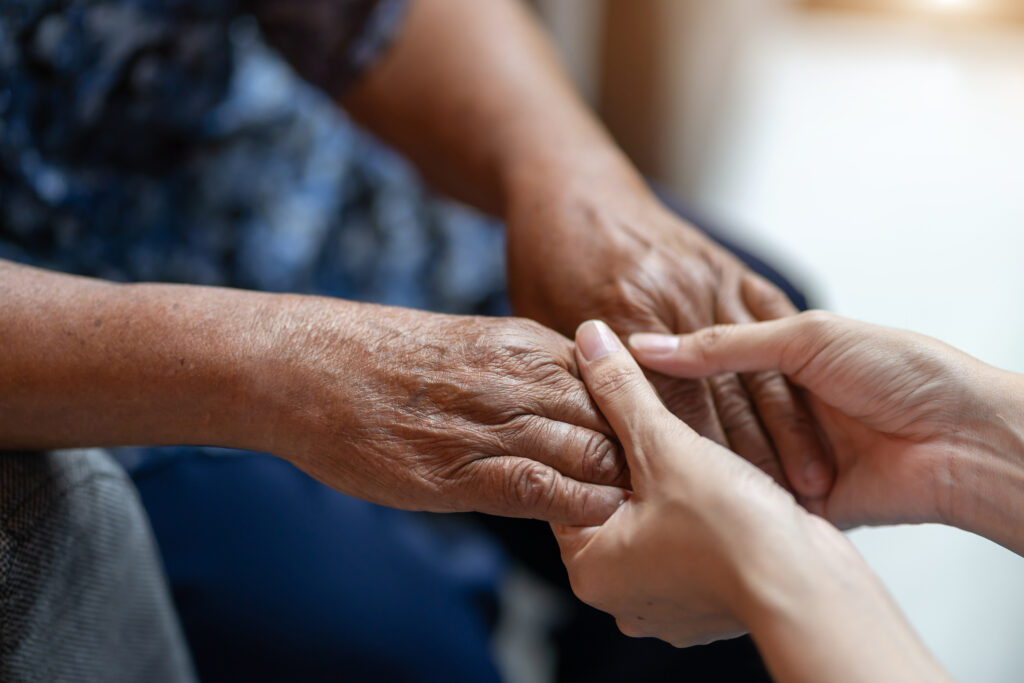
While standing on the very sites where disaster struck and visiting museums to learn about the events of that day can be deeply impactful, the chance to meet with and hear the stories of those who survived, in their own words, is perhaps the most powerful aspect of this tour. At each location, participants will receive testimonials and guided tours directly from local residents, sharing firsthand insights about March 11 and their roles in the years-long effort to rebuild their cherished hometowns.
Throughout the tour, Hideaki Shinoda, director of HPC and professor at Tokyo University of Foreign Studies, will accompany participants, deliver lectures, facilitate discussions, and act as a bridge between the group and the local community, fostering meaningful exchanges and connections.
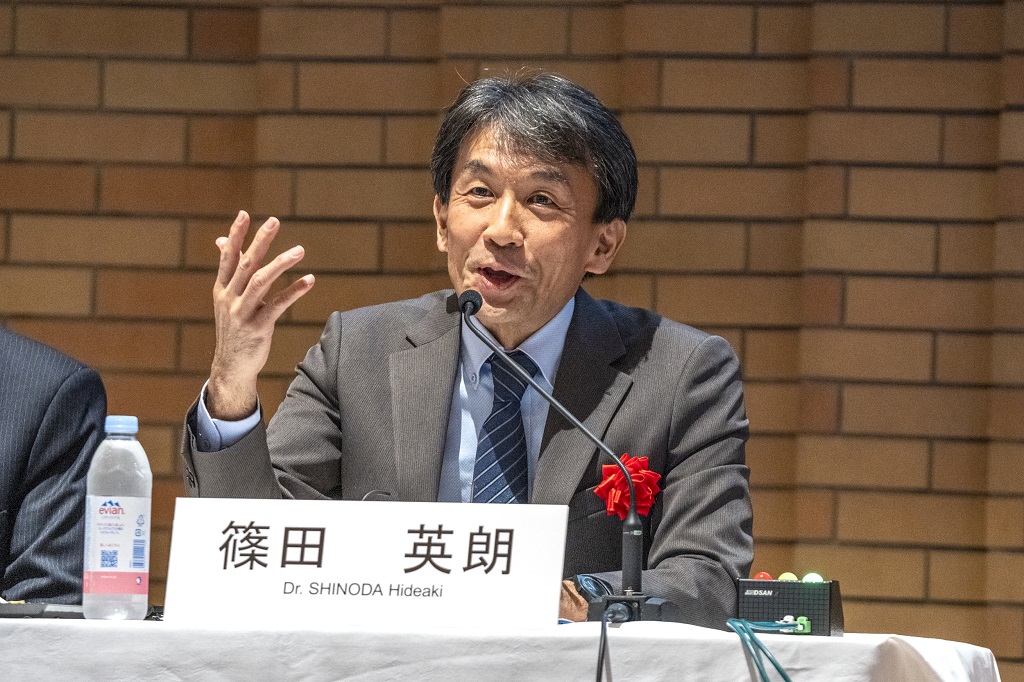
“I visited Iwate, Miyagi, and Fukushima in early April 2011, just three weeks after the disaster,” Professor Shinoda shares. “Since then, I have returned to the affected areas on various occasions—observing local planning meetings for reconstruction, organizing student study tours, and supporting training programs for international visitors. I’ve had the privilege of meeting many remarkable individuals who continue to inspire me. I wish to meet them again and continue learning from them.”
On the motivation behind the tour, Professor Shinoda explains, “Over the years, media coverage has significantly decreased, but by visiting the area, we can truly see and feel the ongoing efforts firsthand. There are both positive and challenging aspects of the current situation in Tohoku, and by embracing this complexity, we can deepen our understanding of the region. I have visited many times and have many stories I wish to share, yet I do not claim to have reached a conclusion about the reconstruction’s success. Rather, I hope to continue exploring and thinking about it together with others.”
Beauty beyond the tragedy
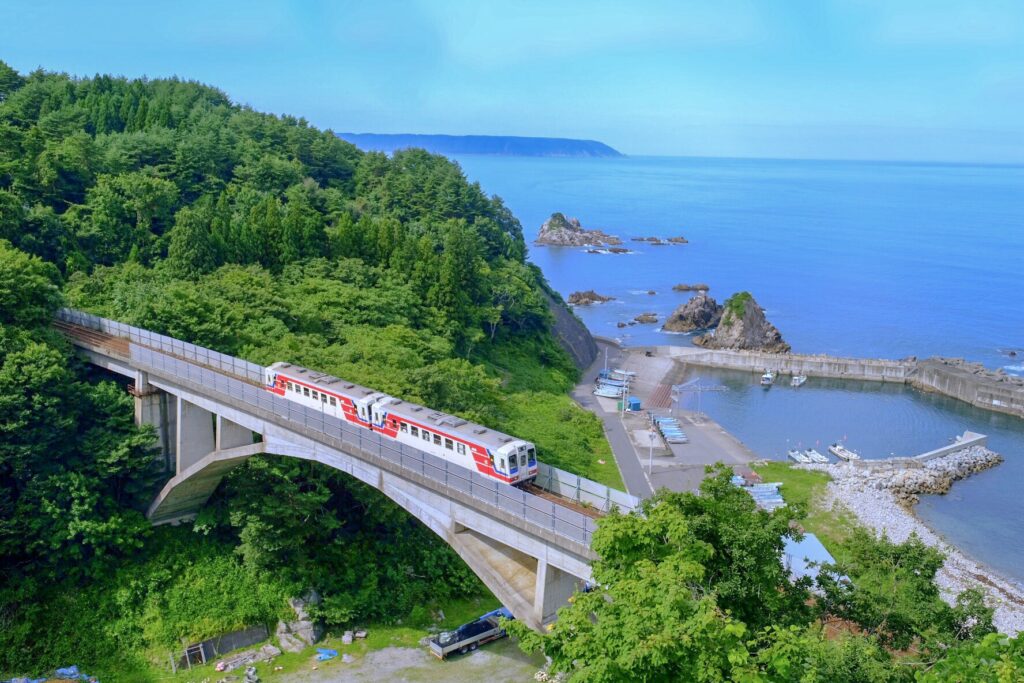
The tour will not only focus on the tragic events of the Great East Japan Earthquake but also celebrate all that the region has to offer. Participants will travel via the scenic Sanriku Railway Rias Line, which displays the coastal beauty of the region, and indulge in local cuisine at community-focused establishments.
Fishing is one of the region’s major industries, and in places like Miyako City in Iwate Prefecture, there are unique seafood dishes such as bindon—a playful creation in which an empty glass milk bottle is filled to the brim with a variety of fresh seafood, then poured over a bowl of rice to enjoy. In Fukushima, participants can enjoy seafood from certified safe areas, allowing them to actively support the region’s recovering industries, and experience a small taste of the beauty beyond the tragedy.
Learning from Tohoku, for the future of us all
HPC’s study tour of Tohoku is perfect for anyone interested in learning what it really takes to recover from large-scale devastation. In a world that will continue to see a rise in natural disasters due to accelerating climate change, understanding how to meet these challenges head-on is more important than ever.
“Learning from Tohoku is important for considering the future of not only Japan, but also other parts of the world recovering from disasters while facing unresolved issues,” Professor Shinoda states, adding, “at HPC, we are constantly learning from peacebuilding efforts around the world. Our engagement with the reconstruction of Tohoku is part of that broader mission. It’s vital that we continue to create learning opportunities in collaboration with those who share our interest in recovery and resilience.”
Professor Shinoda has high hopes for the study tour, “I’m excited to see what the participants will experience. I do believe they will gain something meaningful from their encounters with the people, history, and natural beauty of Tohoku.”
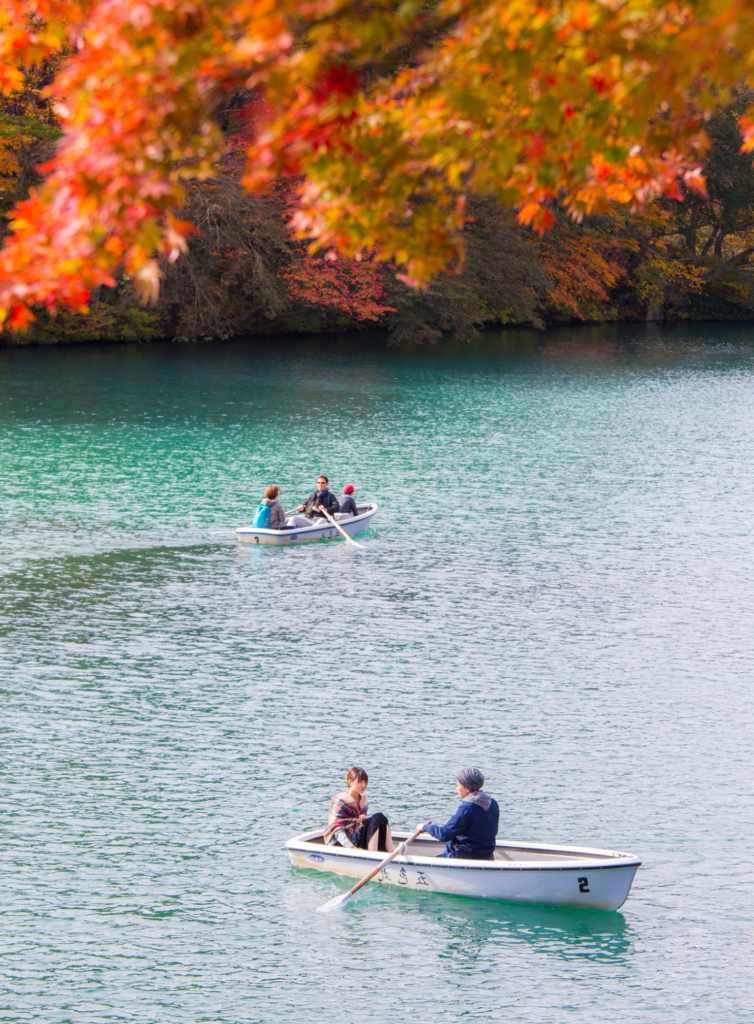
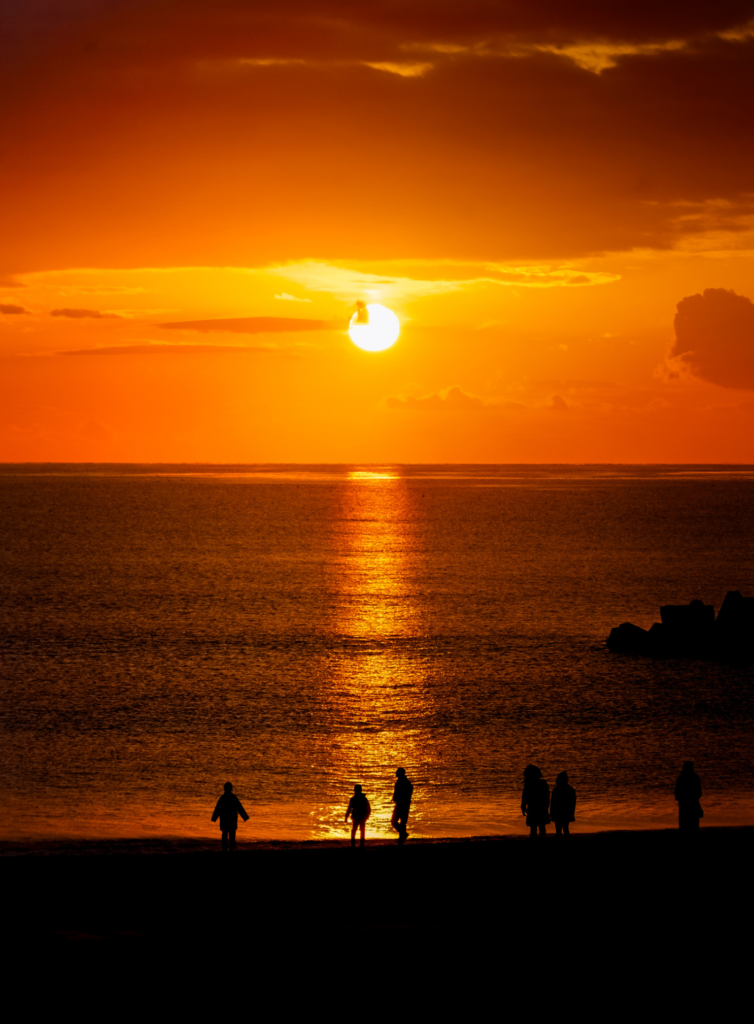
Apply by July 31, 2025—Tohoku awaits you
Japan is a country of extraordinary resilience, which is something I see more and more the longer I live here. The very fact that, despite these numerous, ever-present threats, Japan remains one of the leading economic superpowers in the world, is a testament to the strength of its people.
If you are interested in seeing what resilience through unity looks like in action, I encourage you to book your place on the tour before the application deadline on July 31, 2025.
Tour information
- Tour dates: August 24 – 29, 2025
- Participation fee: 280,000 yen*
- Requirements: Language proficiency in English or Japanese
- Application deadline: July 31, 2025 (hpcapplication@peacebuilders.jp)
- General inquiries: hpc@peacebuilders.jp
*Includes transport to and from Tokyo, all transport during the tour, accommodation for five nights, lunch and dinner for six days, study videos, and reading material.

